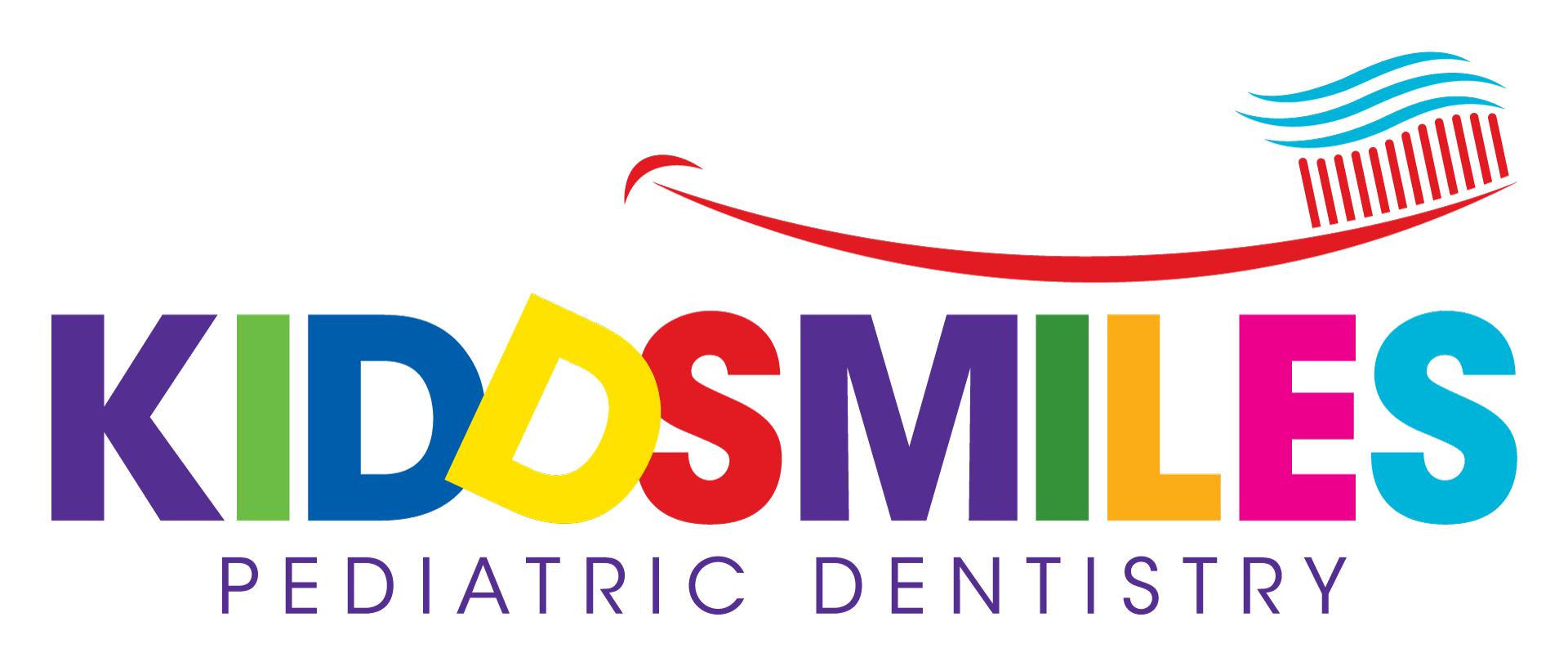FRENECTOMIES
Tongue -Tie and Lip-Tie … What are they and what can be done?
The diagnosis of a tongue or lip tie is a relatively common condition and can be diagnosed in a child of any age. In some cases, children can learn to function with the tie. In other cases, corrective action is required to aid a child in breastfeeding, speaking and/or licking an ice cream cone.
The “frenulum,” or “frenum,” is the cord of tissue centered at the upper lip or under the tongue. Typically, this cord recedes and thins as your child grows older. In some children, however, the frenum can be short or tight and that will cause a restriction in the mobility of the tongue or upper lip. In some cases, lip ties have been linked to cavities on the upper front teeth, a gap between the two front teeth, and problems breast feeding as an infant. Tongue ties can cause difficulty speaking, poor oral hygiene, food texture issues and issues breastfeeding. Kiddsmiles can alleviate and remove these tongue and lip tie issues via a procedure known as a frenectomy. The doctors at Kiddsmiles can perform these frenectomy procedures by using a state of the art CO2 laser known as the Light Scalpel.
The procedure is quick, gentle, and bloodless, and has many advantages over traditional surgical methods. Babies can feed immediately after the procedure.
Procedure
Using scissors or a scalpel to snip, cut or remove the tissue is the most common and conventional way to correct a tongue or lip tie – this procedure is referred to as a frenectomy or frenotomy. Unfortunately, with these methods, there is a moderate amount of bleeding and a significant amount of discomfort involved. Also, this procedure presents a greater incidence of scar tissue and a more likely chance of reattachment.
Thanks to advanced technology, Dr. Kaider-Alstodt can utilize a CO2 laser to correct tongue or lip ties. When properly and safely executed, the laser can be used on children of all ages, including newborns. The laser removes the tissue within minutes with little to no bleeding and much less discomfort for your child. It also inhibits the growth of scar tissue and greatly reduces the chance of frenum reattachment.
The discomfort from a lip or tongue tie procedure usually only lasts about 24 hours, but for older children, it can last up to 48 hours. It is crucial that all directions following your child’s procedure are followed, including the stretching or massage exercises. Typically, children do not care for the exercises and may cry or fuss, but it is imperative to their healing that the exercises are performed. A follow-up appointment will be scheduled to check the healing of the tissue one week after the procedure, and depending on the healing progress, additional appointments may be necessary.
In most cases, parents bring their child in for an initial consultation with Dr. Kaider-Alstodt after being referred by a lactation consultant, midwife, pediatrician, etc. If there are problems with breast/bottle feeding, or the infant is having problems with weight gain, some parents will elect for same day treatment. However, the first appointment can be a consultation and parents can schedule a separate appointment to have the procedure done.
It is recommended that infants come hungry so that he/she may nurse immediately after the procedure. This is recommended to aid in the infant’s comfort and to encourage and foster proper latch and suck pattern. During the procedure, infants are swaddled to help them hold still and there is gentle holding of the head to ensure safety during the procedure. Dr. Kaider-Alstodt will perform the procedure and safety glasses are provided for every child. The procedure itself usually only takes a few minutes and once the procedure is done, parents are invited back into the room to comfort and nurse the baby.
In regards to pain management, it is recommended that parents speak to their pediatrician before the procedure is performed. Tylenol is typically sufficient for babies and should be administered at least 30 minutes prior to the procedure. Dr. Kaider-Alstodt will discuss specific stretching and massage exercises to manage post-operative pain for your child during the visit.
Please keep in mind that we are a dental office, and cannot submit claims to any medical insurance. To avoid any confusion regarding dental coverage, it is recommended that parents please check with their dental insurance provider to ensure that their newborn has been added to the dental policy.
If you’re interested in meeting with Dr. Kaider-Alstodt for a consultation, please
contact our office. We are more than happy to answer any additional questions.







